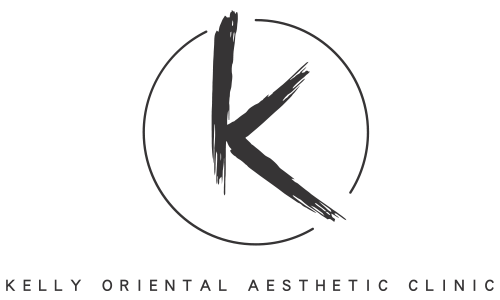Uncategorized
What are Dermal Fillers
Dermal fillers are a type of minimally invasive aesthetic medicine used to add volume, alter the contours of the face, and fill in wrinkles. Common areas to inject fillers are in the face, neck, and hands, resulting in a fuller, smoother and more youthful appearance. Dermal fillers are among the most popular aesthetic procedures because they carry immediate results, very few risks and little recovery time.
Types of Dermal Fillers
There are several different types of dermal fillers, each made of different ingredients:
- Hyaluronic Acid (HA): This is the most common type of dermal filler, and it is also a substance found naturally in our skin. HA fillers can improve the skin’s contour and reduce depressions in the skin due to scars, injury or lines. You can see potentially dramatic improvements for:
- Acne scars
- Cheek depressions
- Crow’s feet at the corner of your eyes
- Deep smile lines that run from the side of the nose to corners of the mouth (also known as nasolabial folds)
- Frown lines between the eyebrows
- Marionette lines at the corners of the mouth
- Scars including burns, acne and those caused by wounds
- Smoker’s lines; vertical lines on the mouth
- Some facial scars
- Wrinkles around the lips
- Polyalkylimide: A semi-permanent dermal filler often used for deeper wrinkles, enhancing lips and replacing soft tissue loss. It is biocompatible and non-toxic.
- Polylactic Acid: This filler is used to stimulate collagen production and is used for deeper lines and wrinkles.
- Calcium Hydroxylapatite: Like hyaluronic acid, this is a naturally occurring substance, found primarily in our bones. It is often used for deeper lines and wrinkles.
- Polymethyl-methacrylate microspheres (PMMA): This is a semi-permanent filler and is used for medium-to-deep wrinkles, folds and furrows, particularly nasolabial folds. It can also be used to fill out pitted scars and to augment thin lips.
How Long Do the Results Last?
The effects of dermal fillers last for different lengths of time, depending on the type of filler and the area treated. In general, the denser the product and the more deeply it is injected, the longer it will last, with some fillers lasting up to two years or more. Others may need to be repeated after a few months.
Risks and Side Effects
While dermal fillers are generally safe, there are potential risks, and not everyone is a good candidate. Side effects are rare but can include redness, swelling, and bruising at the injection site. The filler may also show up under the skin as tiny bumps. This is a problem that often improves over time.

